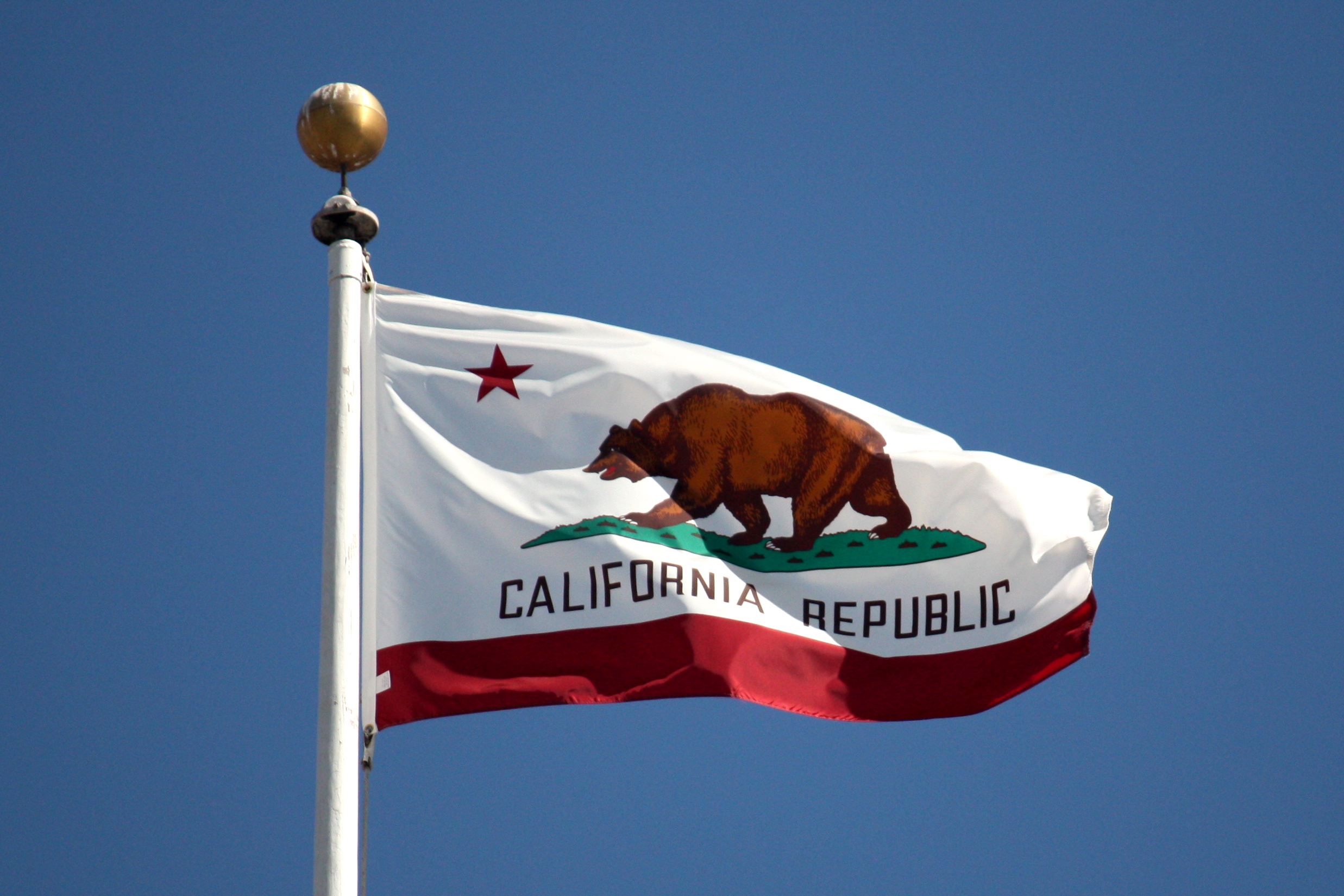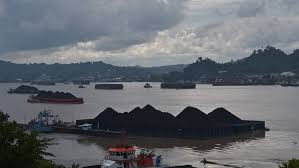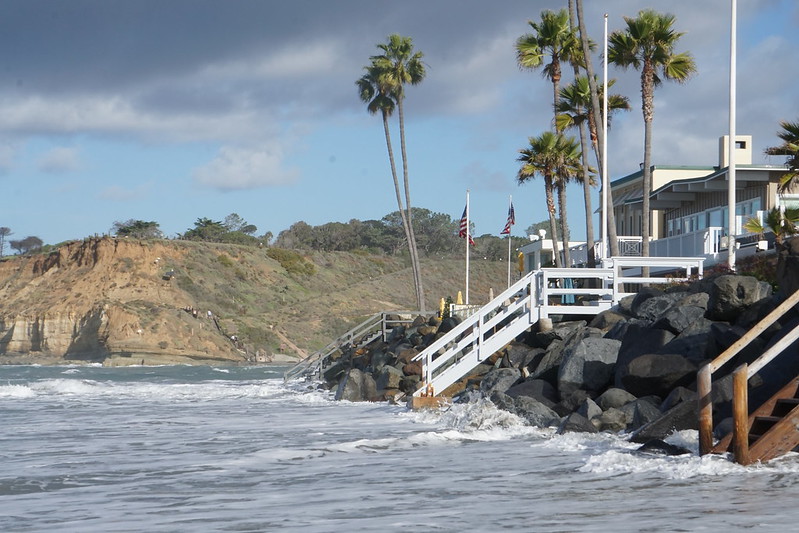Climate Adaptation
California Wonders if it is Doing Wildfire Risk All Wrong
The California Wildfire Fund seeks input from stakeholders on a range of possible reforms.
Senate Bill 254 (Becker) deservedly received a lot of attention when the Governor signed it into law earlier this year. After many twists and turns and late night speculation of will they/won’t they, SB 254 became a landing pad for a sweeping set of wildfire and electric utility policy adjustments. Among the headlines: Creation of …
Continue reading “California Wonders if it is Doing Wildfire Risk All Wrong”
CONTINUE READINGLast Year’s Climate Bond May Not Be What You Thought
While investing in important adaptation and resilience measures, Proposition 4 does less to create new clean energy infrastructure investments
Last year, legislators passed, the governor signed, and California voters approved, a ten billion dollar climate bond (the Safe Drinking Water, Wildfire Prevention, Drought Preparedness, and Clean Air Bond Act of 2024, SB 867 (Allen), which appeared on the November ballot as Proposition 4). While the bond act’s full title largely tells the story of …
Continue reading “Last Year’s Climate Bond May Not Be What You Thought”
CONTINUE READINGMeeting information needs for water markets: Understanding water diversion and use
New CLEE report examines a prerequisite for fair and effective water markets
by Nell Green Nylen and Molly Bruce Water scarcity is a growing problem for agriculture and ecosystems across the U.S. Southwest. In many areas, unsustainable water use has overstretched local water supplies, and climate change is making these supplies more volatile. Water markets have the potential to enhance climate resilience by helping water users adapt …
CONTINUE READINGIs California’s Climate Resilience Funding Ready for the Future?
New CLEE Report Identifies Key Challenges and Opportunities in the State’s Adaptation Funding Landscape
As climate change accelerates, California faces increasingly severe threats to its communities, economy, and environment. Rising temperatures, prolonged droughts, sea-level rise, and worsening wildfires are among the risks stretching State and local resources and driving demand for adaptation funding. California has utilized its longstanding leadership in climate policy to confront these challenges, including developing the …
Continue reading “Is California’s Climate Resilience Funding Ready for the Future?”
CONTINUE READINGHow are California’s New Climate Adaptation and Resilience Grant Programs Performing?
CLEE reports analyze state’s highly in-demand adaptation and resilience grants for crucial local climate action
California is rapidly experiencing the impacts of a changing climate, from devastating wildfires and persistent droughts to rising sea levels, extreme heat, and erratic precipitation patterns. Climate adaptation is crucial for building resilience to these and other risks, thereby protecting California’s communities, economy, environment, and public health. However, effective adaptation requires significant investment, particularly in …
CONTINUE READINGTemporary Takings and the Adaptation Dilemma
Current law penalizes adaptation measures because of the risk of takings liability.
Is it unconstitutional for the government to build a levee that reduces the risk of urban flooding but diverts the water to nearby farmlands? The answer could be yes, unless the government pays for flood easements on the rural lands. But if the government doesn’t build the levee, it faces no liability from the urban …
Continue reading “Temporary Takings and the Adaptation Dilemma”
CONTINUE READINGClimate Change and Nigeria
A population explosion. Sluggish economy. Weak governance. Serious climate impacts. What could possibly go wrong?
By the time my youngest granddaughter is thirty, Nigeria will be the world’s third-largest country. It’s also one of the countries that’s least prepared to adapt to climate change, which will be much worse by then. Nigeria’s population is expected to roughly double by 2050, to around 400 million. The population was previously expected to …
Continue reading “Climate Change and Nigeria”
CONTINUE READINGRecentering Environmental Law: A Thought Experiment
If we had understood then what we know now. . . .
In 1965, scientists sent LBJ a memo mentioning the risks of climate change. Imagine if history had been a little different. Suppose it had been this memo and a follow-up report, rather than Rachel Carson’s attack on pesticides, that sparked the environmental movement. How would environmental law look different and how might we be thinking about …
Continue reading “Recentering Environmental Law: A Thought Experiment”
CONTINUE READINGClimate Policy in the World’s Fourth Largest Country
In case you’re wondering, that would be Indonesia in terms of population.
Indonesia has the world’s fourth largest population, right after India, China, and the U.S. It has about the same GDP as Spain. Indonesia ranks in the top dozen carbon emitters. It gets relatively attention in the United States. Yet Indonesia’s role in cutting energy emissions is crucial. As an archipelago, Indonesia is at the prey …
Continue reading “Climate Policy in the World’s Fourth Largest Country”
CONTINUE READINGHow to Address Sea Level Risks in California Real Estate Transactions
A new UCLA report recommends policies to improve California’s real estate hazard disclosure laws to inform potential buyers of serious sea level rise risks.
It’s an increasingly common sight on California’s coast: beach houses being swallowed by the rising sea. The threat of flooding and erosion is increasing throughout the United States as a warming atmosphere makes precipitation events more extreme and contributes to sea level rise. In fact, the U.S. coastline is projected to see an average of …
Continue reading “How to Address Sea Level Risks in California Real Estate Transactions”
CONTINUE READING













